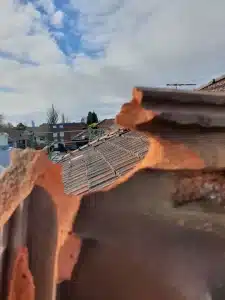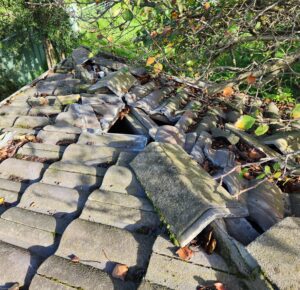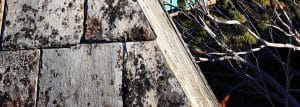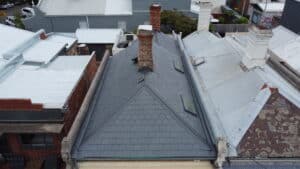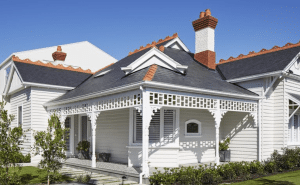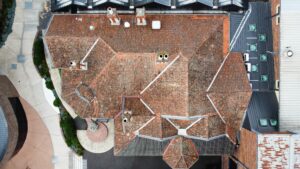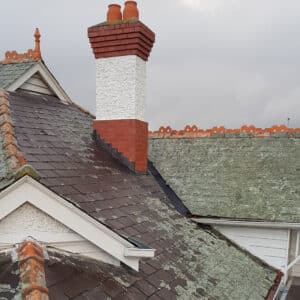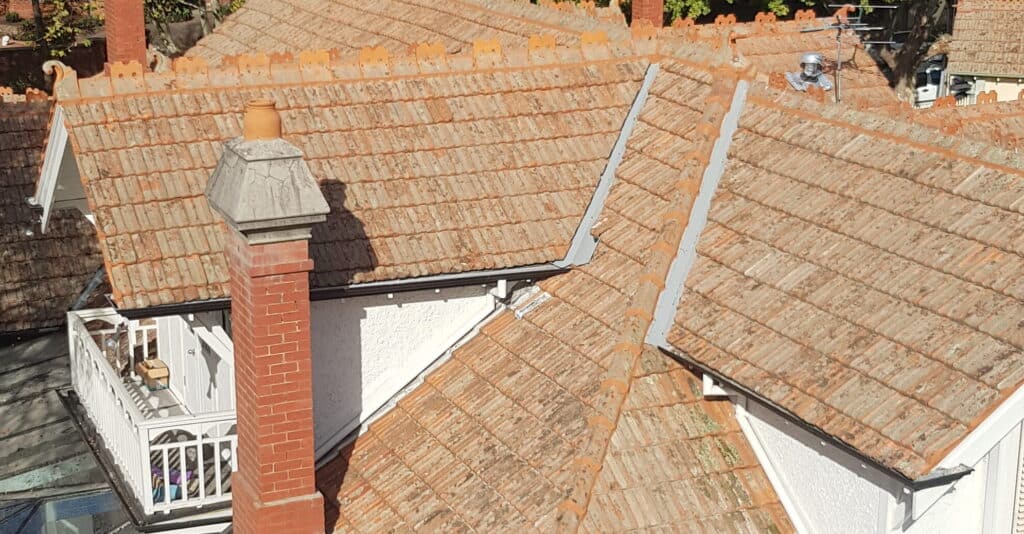
In addition to slate, terracotta, and concrete roof tiles, there are several other types of roofing products available. Here are some popular alternatives:
Asphalt Shingles:
Asphalt shingles are the most common roofing material in North America. They are made from a fibreglass or organic base mat coated with asphalt and mineral granules. Asphalt shingles offer affordability, versatility, and ease of installation. They come in a variety of colours and styles, including architectural shingles that mimic the appearance of slate or wood shakes.
Metal Roofing:
Metal roofing is becoming increasingly popular due to its durability, longevity, and energy efficiency. It is available in various materials, including steel, aluminium, copper, and zinc. Metal roofs can be formed into different profiles, such as standing seam, corrugated panels, or metal tiles. They offer excellent resistance to fire, wind, and impact, and can last 50 years or more with proper maintenance.
Wood Shakes and Shingles:
Wood shakes and shingles provide a natural and rustic look to homes. They are typically made from cedar, redwood, or pine. Wood shakes are hand-split, while wood shingles are machine-cut. Wood roofing offers good insulation properties and can last 30 to 50 years when properly maintained. However, they require regular maintenance to prevent moss, rot, and fire hazards.
Synthetic Roofing Materials:
Synthetic roofing materials are designed to mimic the appearance of natural materials while offering enhanced durability and performance. They are typically made from a combination of polymers, rubber, and recycled materials. Synthetic products can replicate the look of slate, wood shakes, or clay tiles, providing a cost-effective and low-maintenance alternative.
Green Roofs:
Green roofs, also known as living roofs or vegetative roofs, involve the installation of a layer of vegetation on top of a waterproofing membrane. They provide numerous environmental benefits, including improved insulation, stormwater management, and reduced urban heat island effect. Green roofs can be extensive (with low-growing plants) or intensive (with a wider variety of plants and landscaping features).
Solar Roofing:
Solar roofing integrates solar panels into the roof surface, allowing homeowners to generate electricity from the sun. Solar shingles or solar tiles are designed to blend seamlessly with traditional roofing materials, providing an aesthetically pleasing and sustainable energy solution.
Fiber Cement:
Fiber cement roofing is made from a mixture of cement, cellulose fibers, and sand. It offers durability, fire resistance, and resistance to insects and rot. Fiber cement roofing can mimic the appearance of slate, wood shakes, or clay tiles, providing a cost-effective alternative to natural materials.
When choosing a roofing product, consider factors such as durability, aesthetics, maintenance requirements, energy efficiency, and budget. It’s also important to consult with a roofing professional to determine the best option for your specific climate, architectural style, and structural requirements.


